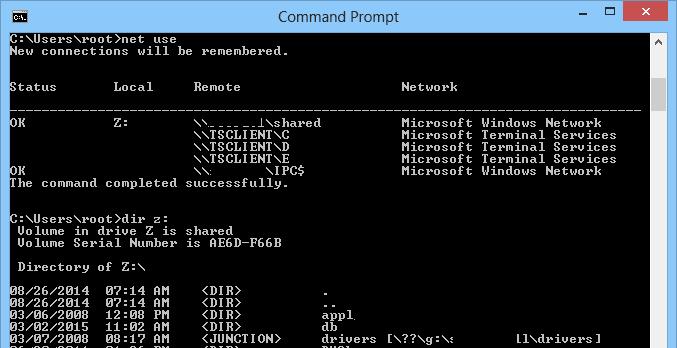

It will give you a very simple list of all devices: :~$ lsblk This one is a little more sophisticated but gets the job done as it lists all block devices. Tip: Usually a SATA disk is labelled with sd. This will return the entire amount of space (in GB or MB), the entire amount of bytes and the entire amount of sectors per each partition and as a summary, it also gives you the start and end sectors, the amount of disk space (in Bytes) and the type of partition. Sector size (logical/physical): 512 bytes / 512 bytes It currently lists the different partitions (which is related to hard drives as a hard drive can be divided into several partitions) in your system.

dev/loop5 89M 89M 0 100% /snap/core/5897Īs you can see, the first column is the current logic name (or the name you can find it within your system), the second column is how big is each of them, the third column is how much is currently used (in bytes), the fourth column is how much is currently available in each for usage (in bytes), the fifth column is how much is used (in %) and the sixth and last column is where is it physically mounted in your Linux system.įdisk is another common option among sysops. The most common way to use it is with the -h argument which means “human readable” (because we are not machines, right?): :~$ df -hįilesystem Size Used Avail Use% Mounted on It lists the actual “disk space usage” and it can give you information about what hard disks (or current disk space) is being used in the entire system. The df command in Linux is probably one of the most commonly used. Let’s see what commands you can use to show disk info in Linux. Please note that some of these commands are actually disk partitioning tools and listing disk partition is one of their features. Here are some different commands which can list the hard drives, keep in mind there are others but these are probably the most commonly used and easy to get the job done. Keep in mind a hard drive could be physically connected, virtually connected or even emulated (for example: when you use storage devices such as EMC, Sun or IBM). Net use h: \\VBoxSvr\Win11\DocumentsĪfter you have run the command you will see the drive mapping in the explorer.There are several ways to list all the hard drives present in a system through Linux command lines. Win11 is the shared folder and Documents is a subfolder. \\VBoxSvr is the name of the computer or server. We are going to make a connection to the \\VBoxSvr\Win11\Documents and assign the drive letter H: to it. Let’s start with simply adding a network drive to the computer. Or easily create a script that will add the network connection on multiple computers. One of the advantages of using a command for this is that you can add a drive letter after somebody logs in. The Net Use command is commonly used to add or remove network connections from a computer. Net Use X: Add Network Connection with Net Use # Type Net use followed by the drive letter This is really handy if you want to check if a particular network drive is currently used or you want to know more about the resource type. We can also view the details of each connection with net use. This will show a list of all connections and the status of the connection: net use command Open command prompt or PowerShell and type: Net Use

But the advantage of Net Use is that it will also list any hidden network connections that are created with a group policy. Now you could also open the explorer to see all network drivers. If you simply type the command Net Use you will get an overview of all existing network connections and their status.
LIST MAPPED DRIVES COMMAND LINE HOW TO
Net Use Commandīefore we are going to take a look at how to add a network drive, we first going to list the existing connections. I will explain how you can view, add, and delete network shares from the cmd line. In this article, we are going to take a closer look at the Net Use command. Mapping Network Drive with different credentials.


 0 kommentar(er)
0 kommentar(er)
